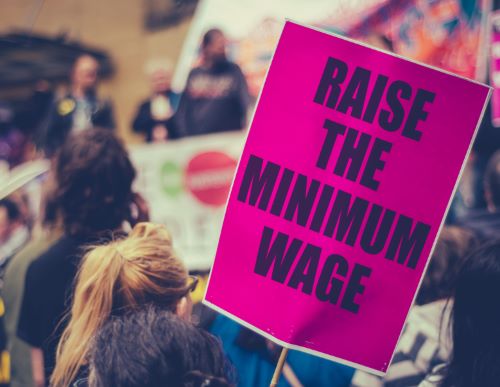

Every worker in our economy deserves a decent wage as they do their part to support our economy.

By Dr. Kojo Quartey
President
Monroe County Community College
The year was 1979, I was a college freshman trying to pay my way through college at Morgan State University, in Baltimore, Maryland. I worked as a dishwasher/busboy and then security guard. I was happy to earn the minimum wage of $2.90. Heck, I was just happy to have a job! There was a $.05 cent premium for working the midnight shift, so I preferred to work that shift, and it allowed for more studying while I worked, unless there was a break-in, which happened more often than (not always while I was studying).
Today there are some workers in our economy who simply earn the minimum wage. In economic terms, the minimum wage is an example of a “price floor,” a price (wage) below which the employer could not go by law, so it led to a surplus of workers (more unemployment). If it were not for the minimum wage legislation, many employers (buyers or demanders of labor) would pay wages below that and be able to employ more workers (suppliers of labor), and there would be less unemployment, but there probably would be more exploitation of those workers as they were being paid less than they are worth.
The federal minimum wage was first established by the Fair Labor Standards Act of 1938 during the Great Depression as part of the New Deal. It first started at 25 cents an hour (equivalent to $5.40 in 2023, using the usinflationcalculator.com). In 2009, the federal minimum wage was increased to $7.25 ($10.30 in 2023) an hour and has remained the same since then. It is important to note that different states and some municipalities have different minimum wages, which tend to be higher than the federal.
READ ENTIRE ARTICLE AT THE MONROE NEWS


